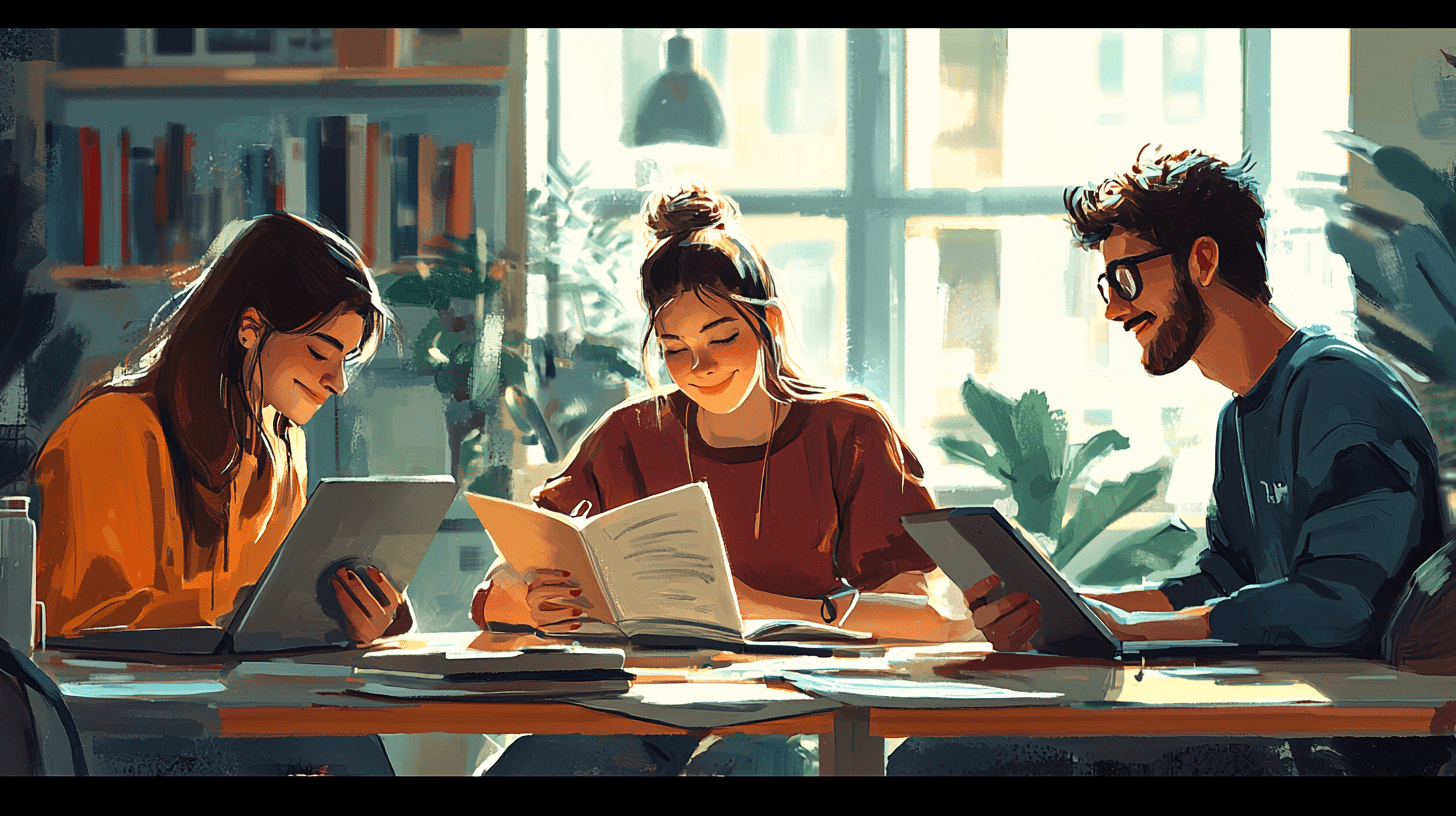Learning a new language can be a rewarding and enriching experience, opening doors to new cultures and perspectives. Urdu, the national language of Pakistan and an official language in several Indian states, is a fascinating language with a rich literary tradition. One of the critical aspects of mastering Urdu is understanding how adjectives agree with the nouns they describe. This article will guide you through the intricacies of adjective agreement in Urdu, making it easier for you to grasp this essential grammatical concept.
Understanding Adjective Agreement in Urdu
In Urdu, like in many other languages, adjectives must agree with the nouns they modify in gender and number. This means that the form of the adjective changes depending on whether the noun is masculine or feminine and whether it is singular or plural. Let’s delve deeper into these rules to understand how they work.
Gender Agreement
Urdu nouns are either masculine or feminine. Adjectives must match the gender of the noun they describe. Here’s how it works:
1. Masculine Nouns: When an adjective describes a masculine noun, it takes the masculine form. For example:
– اچھا لڑکا (achha ladka) – good boy
– بڑا مکان (bara makan) – big house
2. Feminine Nouns: When an adjective describes a feminine noun, it takes the feminine form. For example:
– اچھی لڑکی (achhi ladki) – good girl
– بڑی کتاب (bari kitab) – big book
Notice how the endings of the adjectives change to match the gender of the nouns.
Number Agreement
In addition to gender, adjectives in Urdu must also agree with the number of the nouns they describe. This means that the form of the adjective will change depending on whether the noun is singular or plural.
1. Singular Nouns: When an adjective describes a singular noun, it takes the singular form:
– اچھا لڑکا (achha ladka) – good boy (masculine singular)
– اچھی لڑکی (achhi ladki) – good girl (feminine singular)
2. Plural Nouns: When an adjective describes a plural noun, it takes the plural form:
– اچھے لڑکے (achhe ladke) – good boys (masculine plural)
– اچھی لڑکیاں (achhi ladkiyaan) – good girls (feminine plural)
Observe how the endings of the adjectives change to match the number of the nouns.
Combining Gender and Number Agreement
When combining both gender and number agreement, the form of the adjective must reflect both aspects. Here are some examples to illustrate this point:
1. Masculine Singular:
– چھوٹا کتا (chhota kutta) – small dog
2. Masculine Plural:
– چھوٹے کتے (chhote kutte) – small dogs
3. Feminine Singular:
– چھوٹی بلی (chhoti billi) – small cat
4. Feminine Plural:
– چھوٹی بلیاں (chhoti billiyan) – small cats
Irregular Adjectives
While most adjectives follow the regular patterns described above, there are some irregular adjectives in Urdu that do not conform to these rules. These adjectives must be memorized individually as they have unique forms. Here are a few examples:
1. بڑا (bara) – big:
– Masculine Singular: بڑا (bara)
– Masculine Plural: بڑے (bare)
– Feminine Singular: بڑی (bari)
– Feminine Plural: بڑی (bari)
2. چھوٹا (chhota) – small:
– Masculine Singular: چھوٹا (chhota)
– Masculine Plural: چھوٹے (chhote)
– Feminine Singular: چھوٹی (chhoti)
– Feminine Plural: چھوٹی (chhoti)
3. خوش (khush) – happy:
– Masculine Singular: خوش (khush)
– Masculine Plural: خوش (khush)
– Feminine Singular: خوش (khush)
– Feminine Plural: خوش (khush)
As seen in the examples, the adjective خوش (khush) remains unchanged regardless of the gender or number of the noun it describes.
Adjective Placement
In Urdu, adjectives typically precede the nouns they describe, unlike in English where adjectives usually come before the noun. For instance:
– خوبصورت لڑکی (khubsurat ladki) – beautiful girl
– دلچسپ کہانی (dilchasp kahani) – interesting story
However, in some poetic or literary contexts, you might find the adjective placed after the noun for stylistic reasons.
Using Adjectives with Postpositions
In Urdu, postpositions (similar to prepositions in English) often follow the noun and can affect the form of the adjective. When a noun is followed by a postposition, it usually takes the oblique case, and the adjective must agree with this case as well. For example:
– خوبصورت لڑکی (khubsurat ladki) – beautiful girl (nominative case)
– خوبصورت لڑکی سے (khubsurat ladki se) – with a beautiful girl (oblique case)
Notice that the adjective خوبصورت (khubsurat) remains unchanged, but the noun لڑکی (ladki) takes the oblique form.
Common Adjective Endings
Understanding common adjective endings can help you predict how adjectives will change based on gender and number. Here are some typical endings:
1. Adjectives ending in -ا (-a):
– Masculine Singular: -ا (-a)
– Masculine Plural: -ے (-e)
– Feminine Singular: -ی (-i)
– Feminine Plural: -ی (-i)
Examples:
– نیا (naya) – new (masculine singular)
– نئے (naye) – new (masculine plural)
– نئی (nayi) – new (feminine singular)
– نئی (nayi) – new (feminine plural)
2. Adjectives ending in -ی (-i):
– Masculine Singular: -ی (-i)
– Masculine Plural: -ے (-e)
– Feminine Singular: -ی (-i)
– Feminine Plural: -ی (-i)
Examples:
– لمبی (lambi) – long (feminine singular)
– لمبے (lambe) – long (masculine plural)
– لمبی (lambi) – long (feminine plural)
3. Adjectives ending in consonants:
– These adjectives generally do not change based on gender or number.
Examples:
– خوش (khush) – happy (masculine/feminine singular/plural)
Comparative and Superlative Forms
In Urdu, adjectives can also be used in their comparative and superlative forms. Here’s how:
1. Comparative Adjectives: To form the comparative, use “زیادہ” (ziyada) meaning “more” before the adjective:
– زیادہ خوبصورت (ziyada khubsurat) – more beautiful
– زیادہ بڑا (ziyada bara) – bigger
2. Superlative Adjectives: To form the superlative, use “سب سے” (sab se) meaning “most” before the adjective:
– سب سے خوبصورت (sab se khubsurat) – most beautiful
– سب سے بڑا (sab se bara) – biggest
Practical Tips for Mastering Adjective Agreement
Mastering adjective agreement in Urdu can be challenging, but with consistent practice and exposure, it becomes more intuitive. Here are some practical tips to help you along the way:
1. Practice with Flashcards: Create flashcards with adjectives and practice matching them with nouns of different genders and numbers.
2. Read Urdu Literature: Reading Urdu books, newspapers, and poetry can help you see adjective agreement in context, reinforcing the rules naturally.
3. Write Sentences: Practice writing sentences using adjectives with various nouns. This exercise will help solidify your understanding of adjective agreement.
4. Listen to Native Speakers: Listening to native Urdu speakers, whether through conversations, movies, or songs, can help you grasp the natural usage of adjectives.
5. Use Language Apps: Language learning apps often have exercises and quizzes that can help reinforce your understanding of adjective agreement.
Conclusion
Understanding and mastering adjective agreement in Urdu is a crucial step towards achieving fluency in the language. By paying attention to the gender and number of the nouns you are describing, and practicing regularly, you can become proficient in using adjectives correctly. Remember that language learning is a journey, and every step you take brings you closer to your goal. Happy learning!

